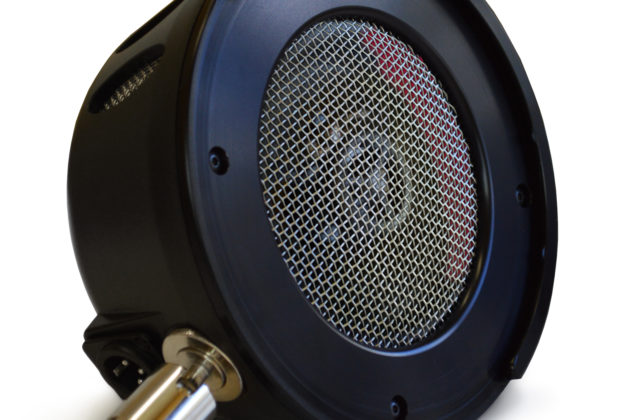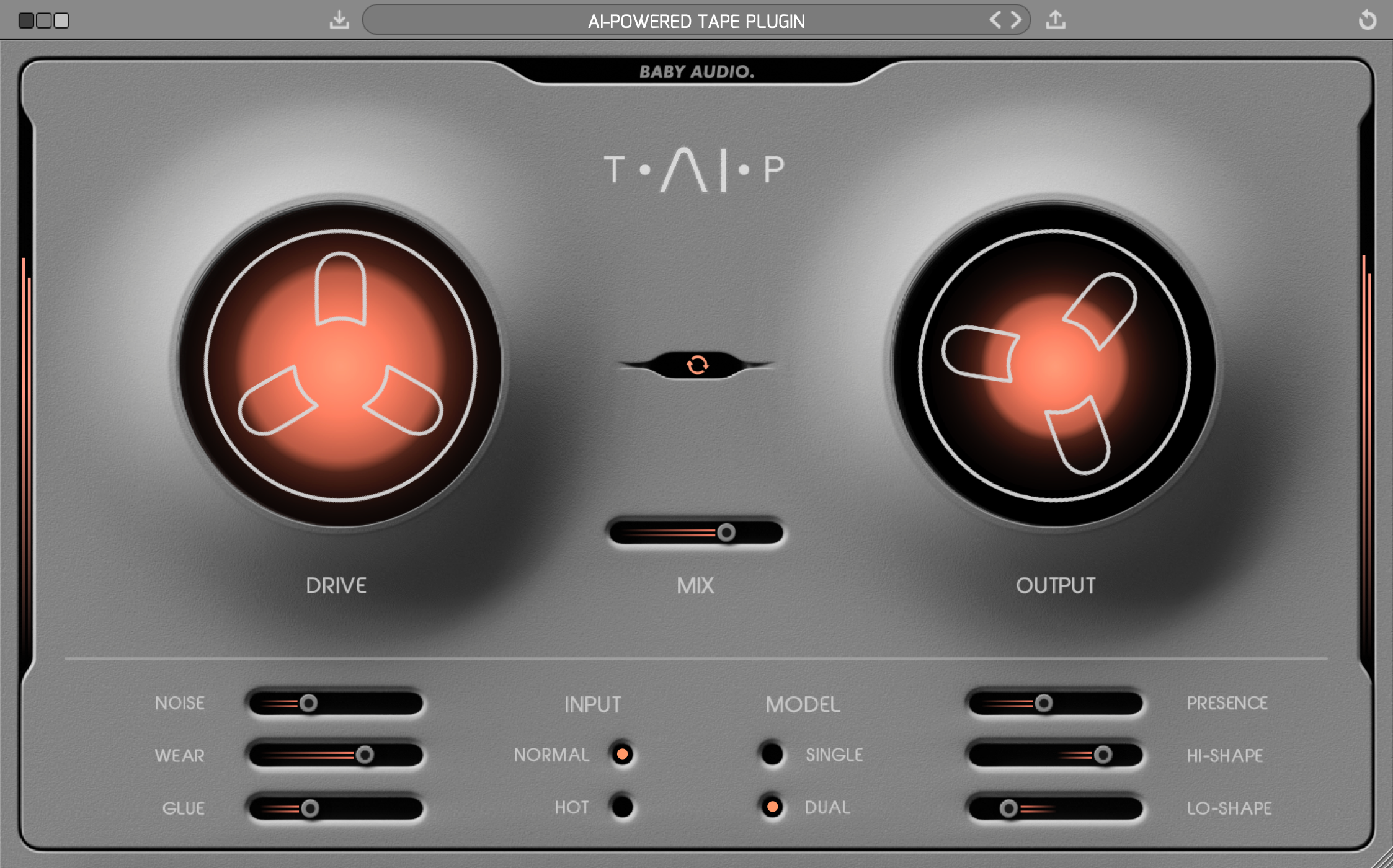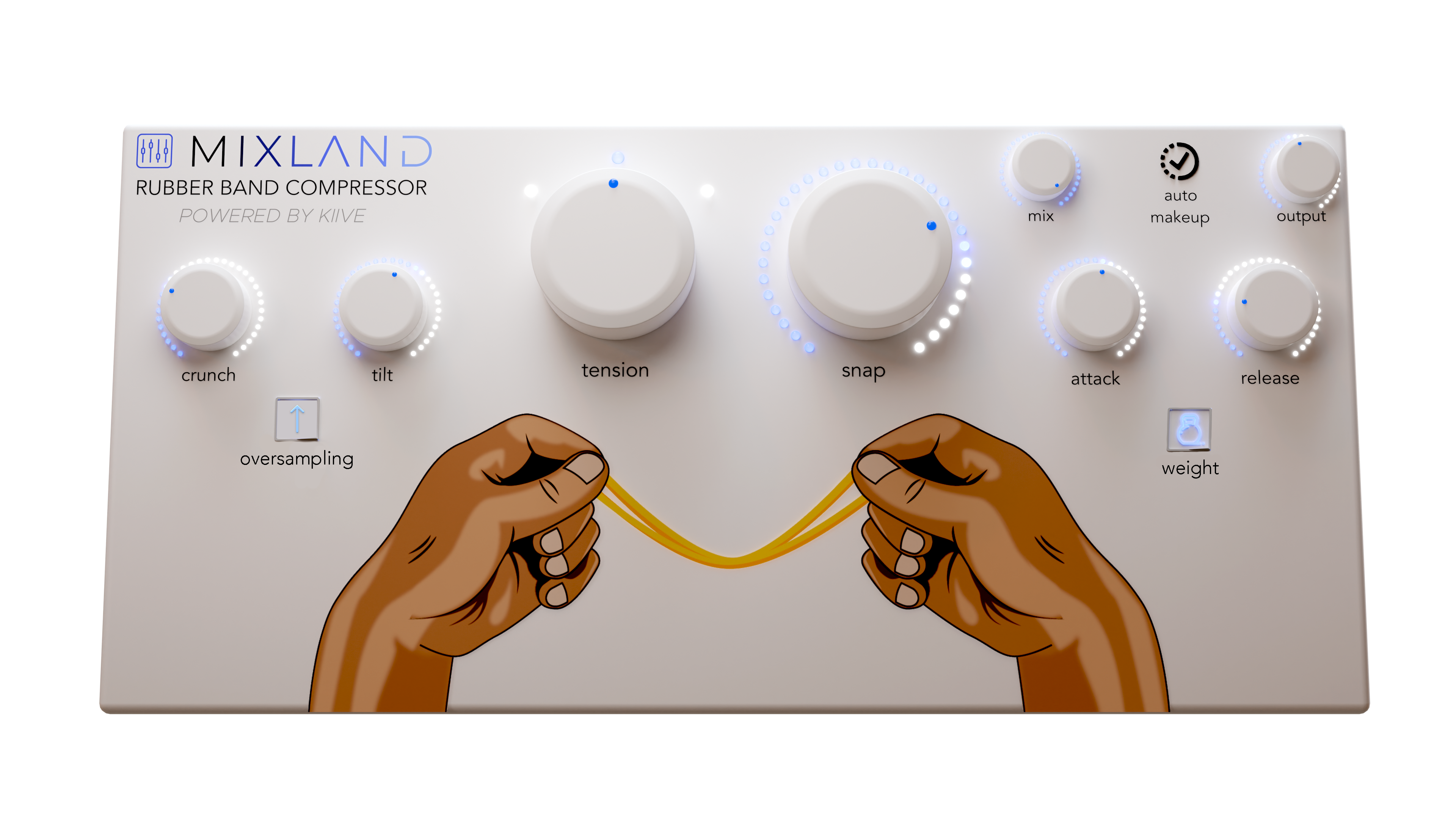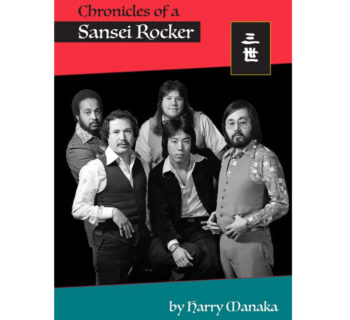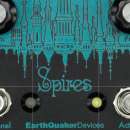The KickTone microphone is designed to be placed in front of loud kick drums and also works great to pick up the sound of any drum, bass instruments or keyboards. Rated from 10Hz to 10kHz with a maximum SPL handling of 175dB, the KickTone microphone starts with a dynamic element encased in a tough, ABS plastic case that measures 6-1/2- inches diameter and 3-1/2-inches deep. The mic weighs about 2-pounds and has a stainless steel mesh in front of the dynamic element to protect it.
KickTone is actually two microphone elements with a high frequency mic mounted just over the center of the main element. The outputs are summed together. It has a male Neutrik XLR output connector mounted next to a standard threaded microphone mount. This mount swivels and locks down for exact positioning in front of a kick drum, although the XLR mic cable's connector can limit the possible angles.
The KickTone microphone has a slide bracket or flange that mates to a KickPort, a popular bass drum enhancer that installs in a 5-1/4-inch hole in the kick drum's front head.
We tested the Morton KickTone microphone in a few different positions on a Ludwig 14 X 22 bass drum. Positioned in front of the resonant front head on a short stand, we got good subsonic energy, but felt we needed a more high-frequency attack to cut through. We then tried it exactly over the hole in the head and got a little more attack with same subsonic energy.
The third test was with KickTone attached to a KickPort and this was our favorite sound. With the bass drum sealed up and somewhat deader, we obtained more subsonic energy and more high-frequency attack as well. It offered a cleaner stage look and there was much less leakage from the rest of the kit and the live stage.
We enjoyed using the KickTone microphone and my drummer/engineer/producer, who was skeptical about it, was now a true believer and so am I now! The KickTone Microphone sells for $329 MSRP while the KickPort is about $40 from kickport.com.

